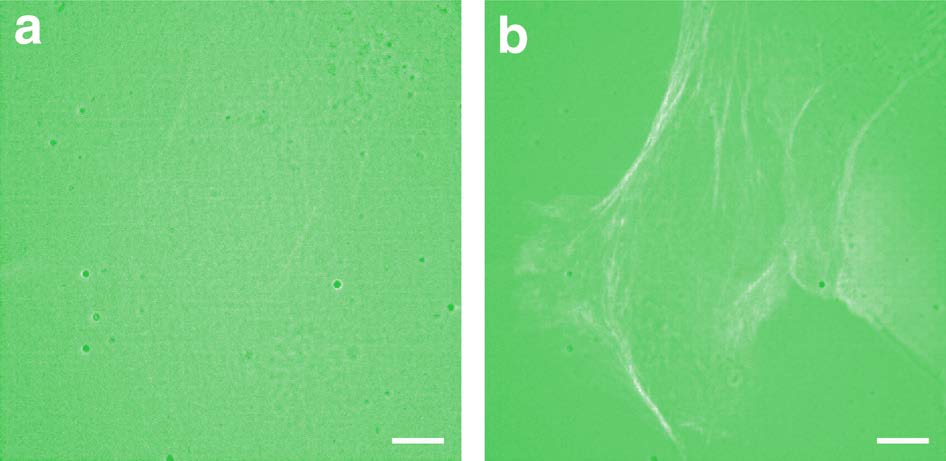NIBIB bioengineers overcome optical limits to observe biological processes
Many types of modern biomedical microscopes use pulses of light aimed at chemical probes to image proteins, membranes, and cell structures. New understanding of biological processes within living tissues, such as metabolism and DNA repair, rely on the work researchers have done to bring miniscule features into focus. Their techniques include mastery of sophisticated instruments and software, as well as the development of genetically encoded fluorescent proteins, called fluorophores.
“As great as some of the current instrumentation is, much is limited by the physics of light and fluorophores,” explained George Patterson, Ph.D., investigator in the Section on Biophotonics at the National Institute of Biomedical Imaging and Bioengineering (NIBIB), part of the National Institutes of Health. “We are always bumping up against resolution limits.”
This page was last updated on Friday, January 21, 2022
